Java Reference
In-Depth Information
• The general format of the
for
statement is
for
(
initialization
;
loopContinuationCondition
;
increment
)
statement
where the
initialization
expression names the loop's control variable and provides its initial value,
loopContinuationCondition
determines whether the loop should continue executing and
incre-
ment
modifies the control variable's value, so that the loop-continuation condition eventually be-
comes false. The two semicolons in the
for
header are required.
•Most
for
statements can be represented with equivalent
while
statements as follows:
initialization
;
while
(
loopContinuationCondition
)
{
statement
increment
;
}
• Typically,
for
statements are used for counter-controlled repetition and
while
statements for
sentinel-controlled repetition.
•If the
initialization
expression in the
for
header declares the control variable, the control variable
can be used only in that
for
statement—it will not exist outside the
for
statement.
• The expressions in a
for
header are optional. If the
loopContinuationCondition
is omitted, Java
assumes that it's always true, thus creating an infinite loop. You might omit the
initialization
ex-
pression if the control variable is initialized before the loop. You might omit the
increment
expres-
sion if the increment is calculated with statements in the loop's body or if no increment is needed.
• The increment expression in a
for
acts as if it's a standalone statement at the end of the
for
's body.
•A
for
statement can count downward by using a negative increment—i.e., a decrement (p. 158).
• If the loop-continuation condition is initially
false
, the
for
statement's body does not execute.
Section 5.4 Examples Using the
for
Statement
• Java treats floating-point constants like
1000.0
and
0.05
as type
double
. Similarly, Java treats
whole-number constants like
7
and
-22
as type
int
.
• The format specifier
%4s
outputs a
String
in a field width (p. 161) of 4—that is,
printf
displays
the value with at least 4 character positions. If the value to be output is less than 4 character po-
sitions wide, the value is right justified (p. 161) in the field by default. If the value is greater than
4 character positions wide, the field width expands to accommodate the appropriate number of
characters. To left justify (p. 161) the value, use a negative integer to specify the field width.
•
Math.pow(
x
,
y
)
(p. 162) calculates the value of
x
raised to the
y
th
power. The method receives
two
double
arguments and returns a
double
value.
•The comma (
,
) formatting flag (p. 162) in a format specifier indicates that a floating-point value
should be output with a grouping separator (p. 162). The actual separator used is specific to the
user's locale (i.e., country). In the United States, the number will have commas separating every
three digits and a decimal point separating the fractional part of the number, as in 1,234.45.
•The
.
in a format specifier indicates that the integer to its right is the number's precision.
Section 5.5
do
…
while
Repetition Statement
•The
do
…
while
statement (p. 163) is similar to the
while
statement. In the
while
, the program tests
the loop-continuation condition at the beginning of the loop, before executing its body; if the con-
dition is false, the body never executes. The
do
…
while
statement tests the loop-continuation con-
dition
after
executing the loop's body; therefore, the body always executes at least once.

